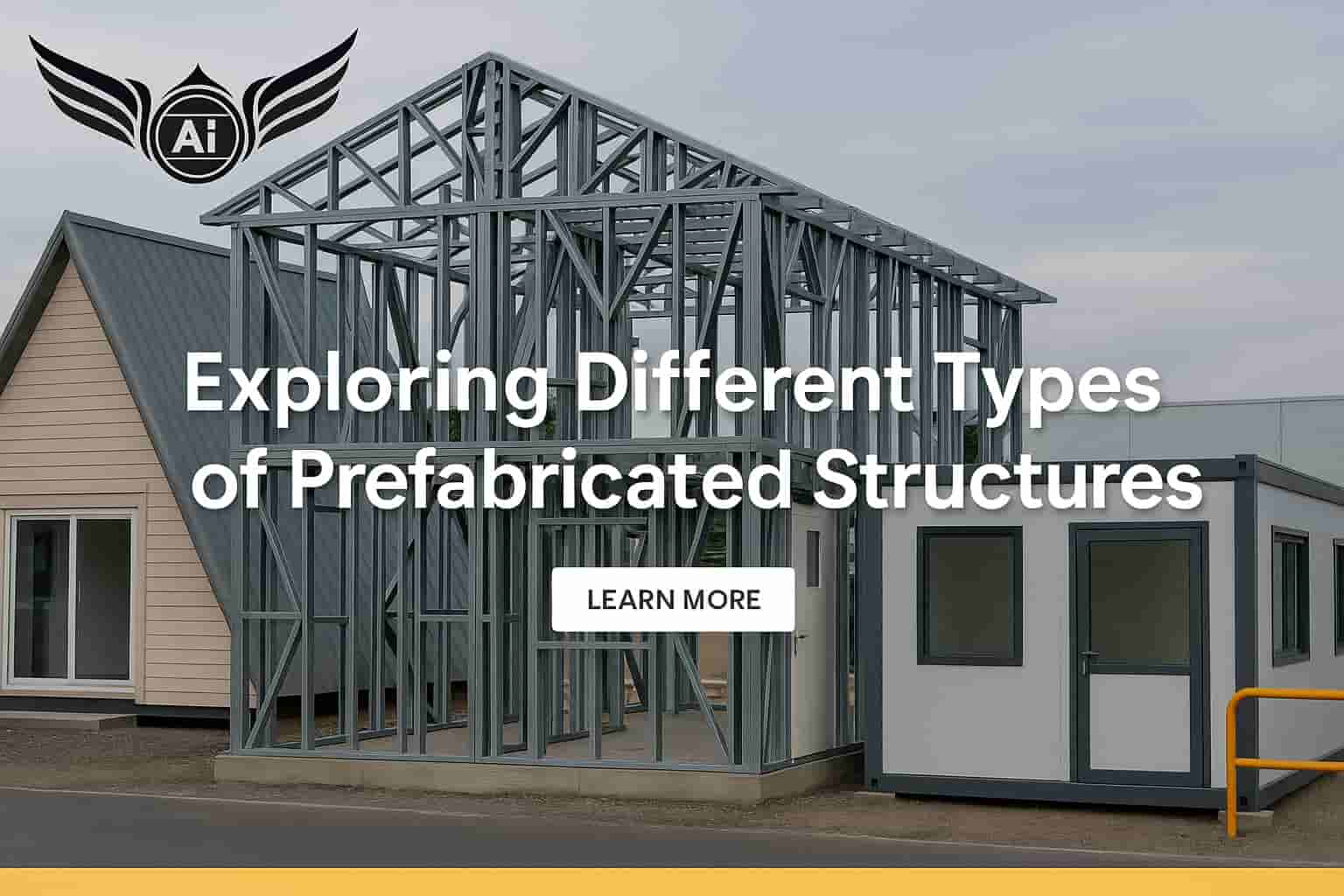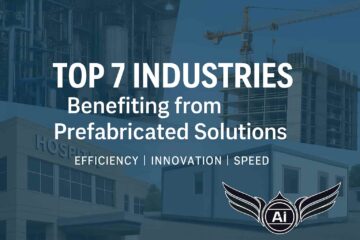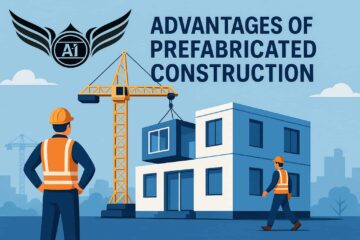Prefabricated structures, also known as modular buildings, have gained popularity in the construction industry due to their efficiency, flexibility, and sustainability. These structures are built off-site in controlled factory environments, utilizing advanced manufacturing techniques and precise engineering. In this blog post, we will explore some of the different types of prefabricated structures and their unique characteristics.
Types of Prefabricated Structures
- Modular Homes: Modular homes are fully functional residential dwellings constructed using prefabricated modules. These modules are built in a factory and then transported to the site for assembly. Modular homes offer the same quality and amenities as traditionally constructed homes but with the added benefits of faster construction, cost-effectiveness, and design flexibility. They can be customized to suit various architectural styles and can range from single-family residences to multi-story apartment buildings.
- Prefabricated Offices: Prefabricated offices are modular structures designed to provide flexible workspace solutions. These structures are ideal for temporary or permanent office spaces, construction site offices, or remote workstations. Prefabricated offices can be quickly assembled and disassembled, allowing for easy relocation or expansion as business needs change. They offer comfortable working environments with amenities such as air conditioning, electrical wiring, and plumbing.
- Education Facilities: Prefabricated structures have become increasingly popular in the education sector. These structures can be used as classrooms, administrative offices, libraries, or even entire schools. Prefabricated education facilities offer quick construction timelines, cost savings, and the flexibility to meet changing enrollment needs. They can be designed to accommodate various educational requirements, including specialized classrooms, laboratories, and recreational areas.
- Healthcare Facilities: Prefabricated structures have proven to be an efficient solution for healthcare facilities, including clinics, hospitals, and medical offices. These structures can be designed to meet specific healthcare standards, ensuring compliance with regulations and providing optimal patient care environments. Prefabricated healthcare facilities offer advantages such as accelerated construction, minimized disruption to existing operations, and the ability to expand or relocate facilities as healthcare demands evolve.
- Retail and Commercial Buildings: Prefabricated structures have found their place in the retail and commercial sectors. They are used as retail stores, shopping centers, warehouses, and commercial offices. Prefabricated retail and commercial buildings offer rapid construction timelines, cost savings, and design flexibility. They can be tailored to meet specific branding requirements and can be easily expanded or reconfigured as business needs change.
- Hospitality Structures: Prefabricated structures have also made their way into the hospitality industry. From hotels and resorts to temporary accommodations and event venues, prefabricated hospitality structures provide efficient and comfortable spaces for guests. These structures offer faster construction timelines, reduced site disruption, and the ability to create unique and appealing architectural designs that enhance the guest experience.
- Disaster Relief Shelters: Prefabricated structures play a crucial role in disaster relief efforts. They are used to provide immediate shelter and housing for displaced individuals and communities affected by natural disasters or emergencies. Prefabricated disaster relief shelters are designed to be quickly assembled, durable, and equipped with essential amenities. They offer a rapid response to emergency situations, ensuring the safety and well-being of those in need.
In Conclusion
Prefabricated structures offer a wide range of applications across various industries. From residential homes and offices to education facilities, healthcare buildings, and more, the versatility and efficiency of prefabricated construction continue to revolutionize the way structures are built. As technology advances and design possibilities expand, the adoption of prefabricated structures is expected to grow, providing sustainable, cost-effective, and adaptable solutions for the future of construction.



